Loading a semi-trailer isn’t merely a physical task; it’s a logistical choreography requiring precision, understanding, and sometimes, the finesse of a seasoned performer. When you mess up loading a semi-trailer, it can have significant repercussions that affect safety, efficiency, and overall cost. This article delves deep into the nuances of proper loading techniques, highlights common mistakes, and offers practical solutions to ensure a smooth loading process.
Understanding the Basics of Semi-Trailer Loading
As a manufacturer of semi-trailers, we emphasize the importance of abiding by industry standards and best practices to ensure the safety of both the driver and the cargo. Understanding the fundamentals of semi-trailer loading helps prevent costly errors.
Key Elements of Loading a Semi-Trailer
Weight Distribution: Achieving optimal weight distribution is paramount. An uneven load can lead to instability, causing dangerous situations on the road.
Cargo Securing: Secure your cargo with straps, nets, or ropes. Properly secured cargo minimizes the risk of movement during transit.
Load Capacity: Know the weight and size limitations of your semi-trailer. Overloading can lead to equipment failure and legal ramifications.
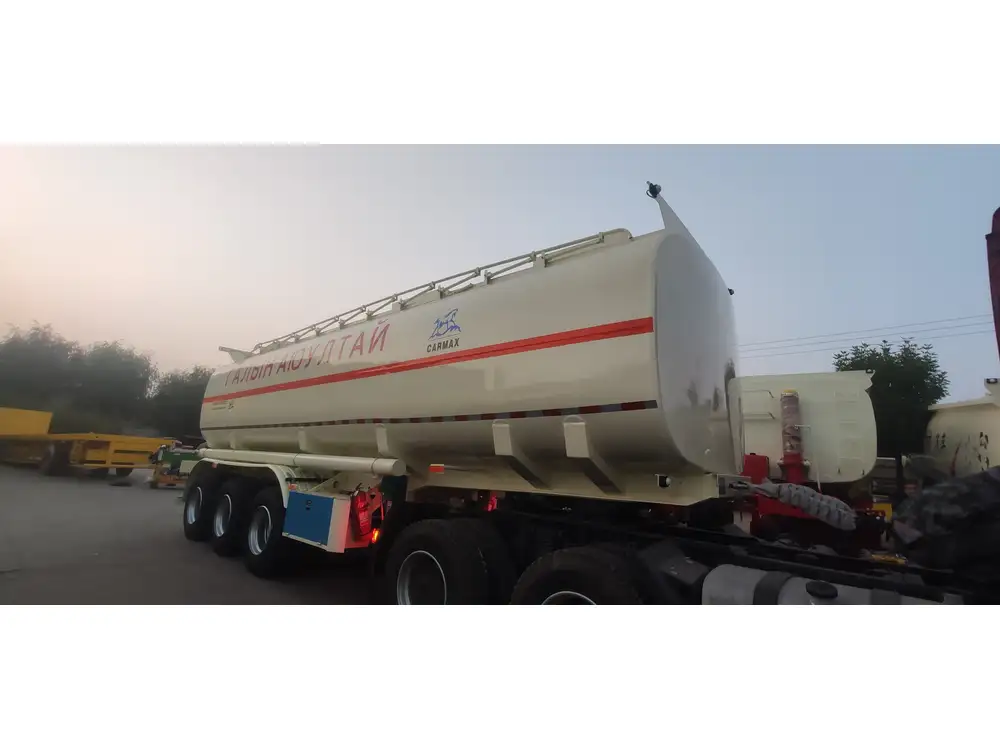
Common Mistakes When Loading a Semi-Trailer
Understanding the potential pitfalls can save time, money, and potential accidents. Here’s a detailed examination of the mistakes that derail the loading process.
1. Neglecting Weight Distribution
When you mess up loading a semi-trailer, one of the most significant errors lies in neglecting weight distribution. A semi-trailer should maintain a center of gravity that promotes balance. Failing to distribute weight evenly can result in:
- Tipping Over: If the cargo is heavier on one side, it increases the risk of tipping, especially on turns.
- Brake Failure: An unbalanced load can impair braking efficiency, leading to increased stopping distances.
2. Inadequate Cargo Securing
Another critical oversight is failing to secure cargo properly. When cargo shifts during transit, it can cause:
- Damage to Goods: Inadequately secured items can become damaged through impact with other cargo.
- Road Hazards: Loose items can fall out onto the road, creating dangerous conditions for other drivers.

3. Ignoring Legal Load Limits
Every semi-trailer has legal load limits that must not be exceeded. Ignoring these limits can lead to severe consequences:
- Fines and Penalties: Overweight loads attract hefty fines from law enforcement.
- Insurance Issues: If an accident occurs with an overloaded trailer, insurance claims may be denied.
Effective Loading Techniques for Semi-Trailers
To master the loading process, we advocate for a series of best practices. These techniques can significantly reduce the risk of loading errors and enhance overall efficiency.
1. Step-by-Step Loading Process
Adopting a systematic approach is essential for effective loading. Here’s a detailed procedure.
| Step | Action |
|---|---|
| 1 | Plan: Survey the cargo and identify the best loading sequence. |
| 2 | Distribute: Load heavier items first, placing them near the trailer’s axles. |
| 3 | Secure: Use straps, chains, or nets to secure items tightly. |
| 4 | Check: Perform a final inspection to ensure nothing is loose or at risk of shifting. |
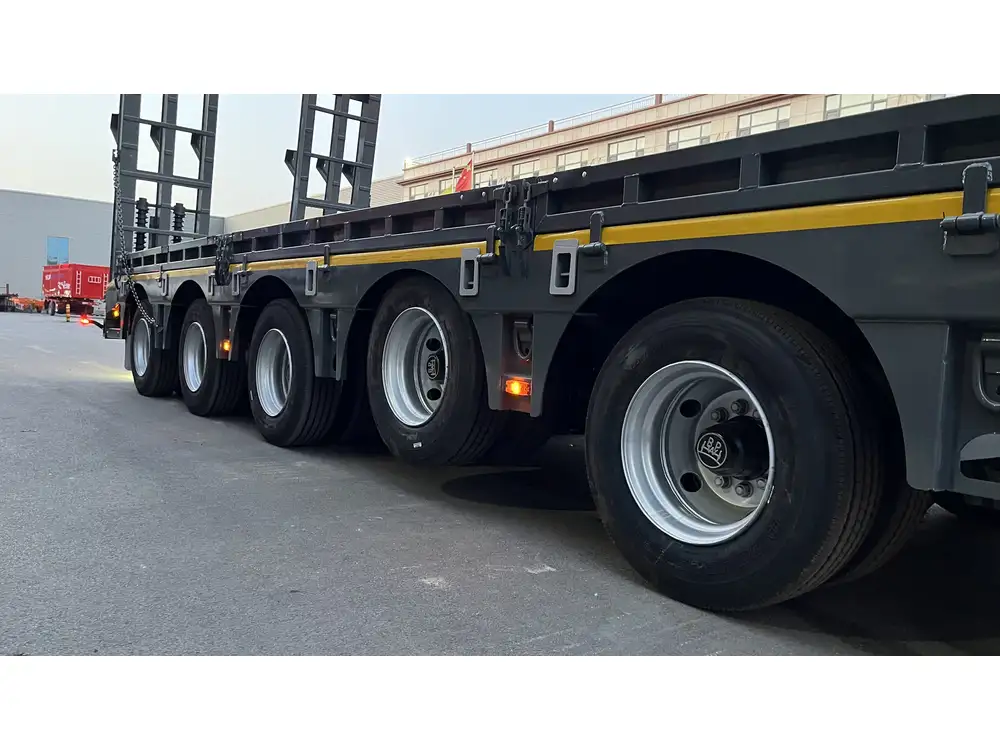
2. Utilize Load Charts
Many semi-trailers come with load charts indicating the maximum weight distribution across different sections. Use these charts to maintain compliance and safety.
3. Training and Education
Continuous training for drivers and loading personnel on safe loading practices can drastically reduce mistakes. Regular workshops, seminars, and hands-on training sessions can enhance understanding and execution.
Problem Resolution: What to Do When You Mess Up
Despite all precautions, mistakes can occur. Addressing issues promptly helps mitigate consequences.
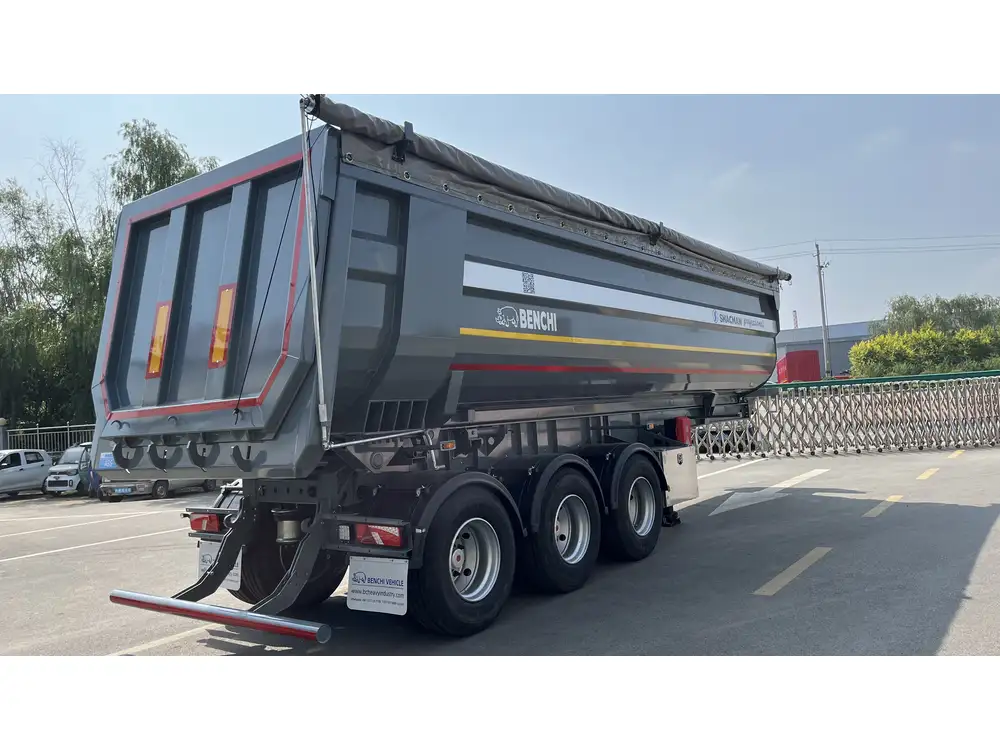
1. Assess the Situation
If a mistake has been made during loading, perform an immediate assessment. Check for signs of instability or potential hazards.
2. Securely Offload if Necessary
In cases of severe imbalance or risk, it’s advisable to offload cargo altogether. A thorough examination will provide clarity on how to reconfigure the load.
3. Reassess and Repack
Once the situation is assessed and offloaded, repack the cargo adhering to structured loading practices. Take your time to ensure that weight is properly distributed and all items are secured.
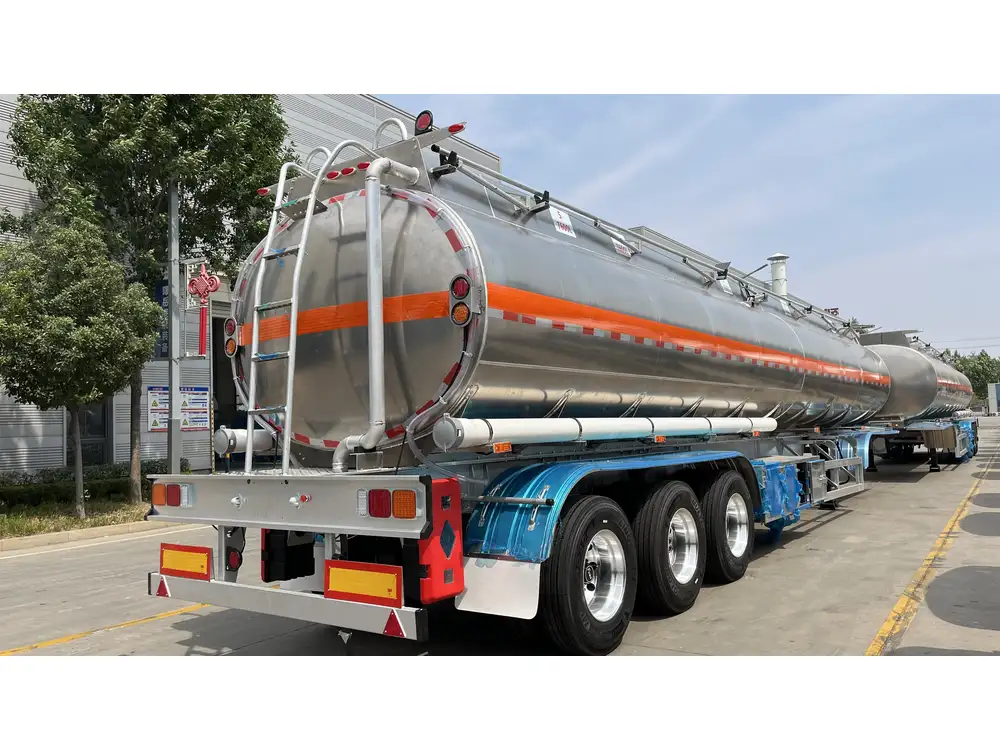
Case Studies: Learning from Real-life Loading Problems
Examining actual loading issues provides invaluable insights. Here are some notable instances of loading mishaps and lessons learned.
Case Study 1: The Unstable Load
Scenario: A shipment of appliances was loaded without considering weight distribution, leading to instability on a sharp turn.
Outcome: The trailer tipped over, causing damage to the goods and creating a significant road hazard.
Lesson: Always prioritize weight distribution, especially with bulky or top-heavy items.
Case Study 2: Improper Securing of Cargo
Scenario: Loose pallets in a trailer shifted during transit, resulting in broken goods and minor accidents on the highway.
Outcome: The driver faced legal repercussions, and the delivery was delayed, leading to customer dissatisfaction.
Lesson: The need for effective cargo securing cannot be overstated; invest in quality equipment for securing cargo.
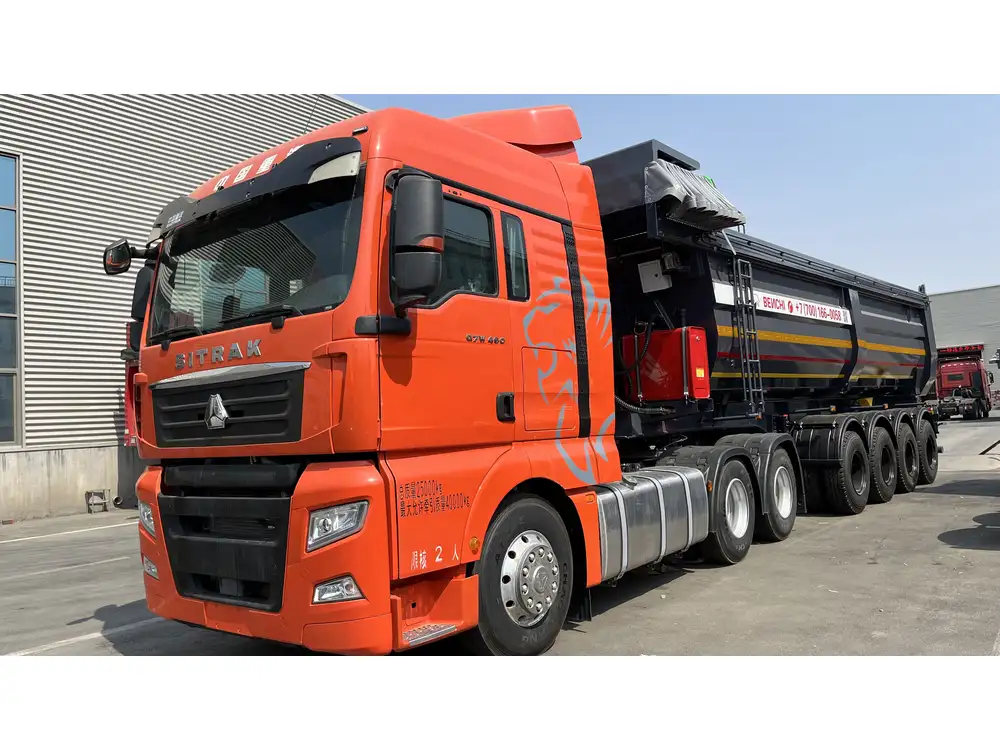
Tools and Resources for Improved Loading Practices
We emphasize the use of technology and innovation in enhancing loading safety and efficiency.
1. Load-Balancing Software
Various software tools assist in calculating optimal load distribution in real time. Utilizing such technology can simplify the planning phase.
2. Securing Equipment
Investing in quality securing equipment, such as ratchet straps and cargo nets, ensures that goods stay in place, minimizing the risk of shifting.

3. Checklists and Guidelines
Creating checklists for drivers and loading personnel ensures all loading protocols are followed meticulously, leaving little room for error.
Conclusion: The Path to Safe and Efficient Loading
The art of loading a semi-trailer is complex, and mistakes often carry significant repercussions. By understanding the common pitfalls and adopting structured practices, we can avoid the daunting scenario of “when you mess up loading a semi-trailer.” Emphasis on education, training, and technology ensures that the process remains efficient, safe, and compliant with legal standards.
Adopting these practices not only enhances safety but also leads to greater productivity and satisfaction for all stakeholders involved in the transport process, from manufacturers to end-customers. Always strive for improvement, and consult resources regularly to stay updated on best practices and emerging technologies that can facilitate a seamless loading experience.
By fostering a culture committed to excellence in loading procedures, we can navigate the challenges of the roadway with confidence and capability.



